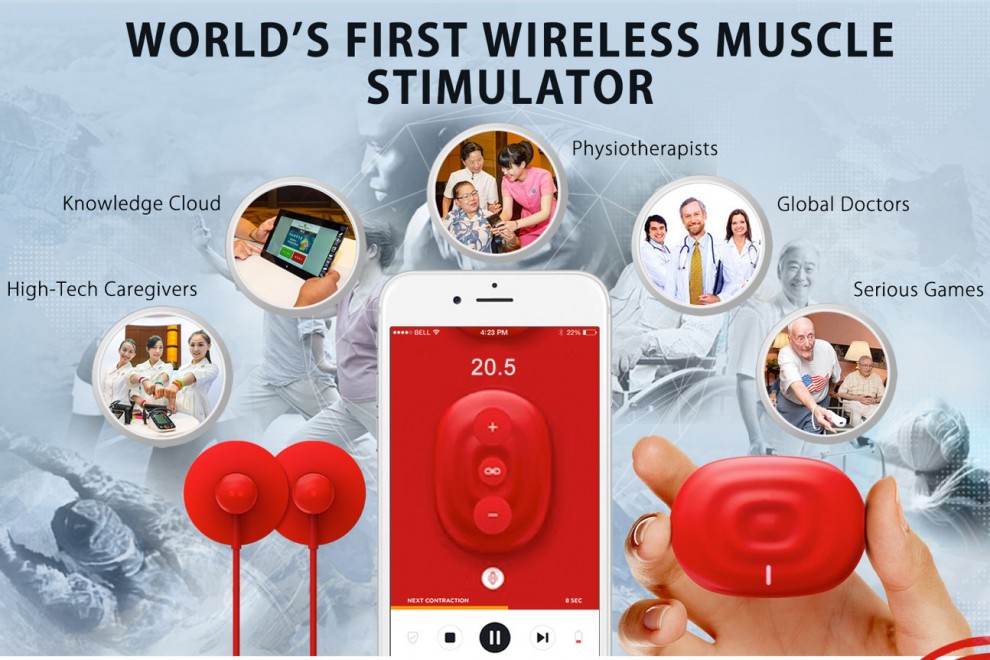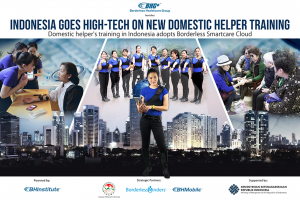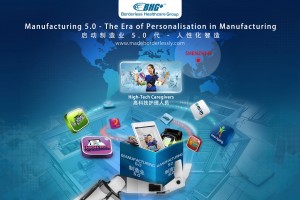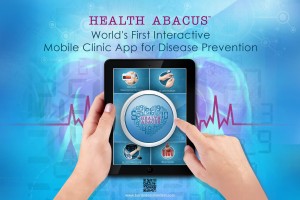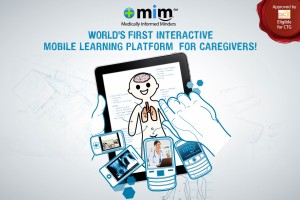High-tech caregivers, knowledge cloud and smart Internet of things converge as a single seamless platform to combat the silver tsunami.
25 September 2015 – Borderless Healthcare Group supports 6 million annual stroke cases and more than 200 million elderly people in China with a first-of-its-kind integrated “Smart Care” platform, which converges high-tech caregivers, knowledge cloud and Internet Of Things.
Stroke is a tragic event not only for the patient and family members, but also for the caregivers who can be stressed out as care and rehabilitation need to take place in both hospital and home settings. In addition, the potential disability and immobility as a result of stroke can drain many resources like time, manpower and logistics. The confidence of patients and their dignified way of life are often compromised. Home nursing, physiotherapy and stroke rehabilitation are still at their infancy, with no mature family physician system in China. A complete end-to-end stroke management program between the hospital, rehabilitation centre and homecare will require a lot time and healthcare reform efforts.
In the interim, Borderless Healthcare Group will train volunteers, family members and healthcare workers in China via its “Smart Care” knowledge cloud, where classroom training is complemented by interactive mobile learning. This world-famous knowledge cloud and interactive mobile training has already been adopted by the Singaporean government for the last three years. The Chinese version is now ready for adoption by China. Training topics include elderly care, chronic disease management and caregiving. After the training, trainees will have the chance to follow a troop of high-tech caregivers to visit elderly community districts throughout the country. During the visit, Internet of Things devices such as wireless muscle stimulator will be introduced to post-stroke patients as well as immobile elderly patients as a tool to prevent muscle wasting and muscle inactivity. This will help build confidence in self-care and independence, which is vital as low mobility and low activity in elderly, post-stroke or post-operative patients can often spiral to a vicious cycle. Pain and weakness, which results in inactivity, will further cause lower muscle inactivity, which in turn will exacerbate weakness, resulting in further inactivity. This will often land patients in the wheelchair.
In China, the lack of easy access to healthcare professionals such as a family physician and the infancy of physiotherapy can handicap the development of integrated care system for post-stroke, elderly immobility and post-operative rehabilitation. The start of this borderless careforce supported by a pipeline of the Internet of Things such as the muscle stimulator for relevant patients and a “Smart Care” knowledge cloud is an inevitable interim measure to address the giant silver tsunami phenomenon, where stroke cases, neck of femur fractures and immobility due to arthritis, diabetic wounds and other chronic diseases are prevalent.
The training of high tech-caregivers will commence in October 2015, with trainees visiting the elderly community in late October/November 2015 as part of a campaign known as the Medical Silk Road.











